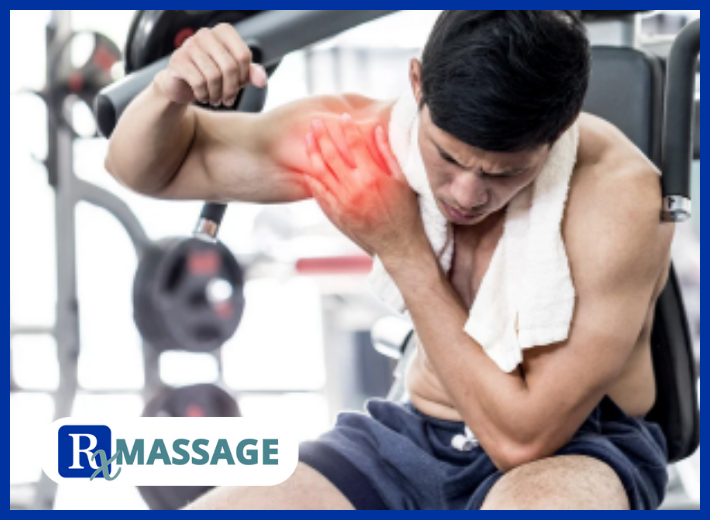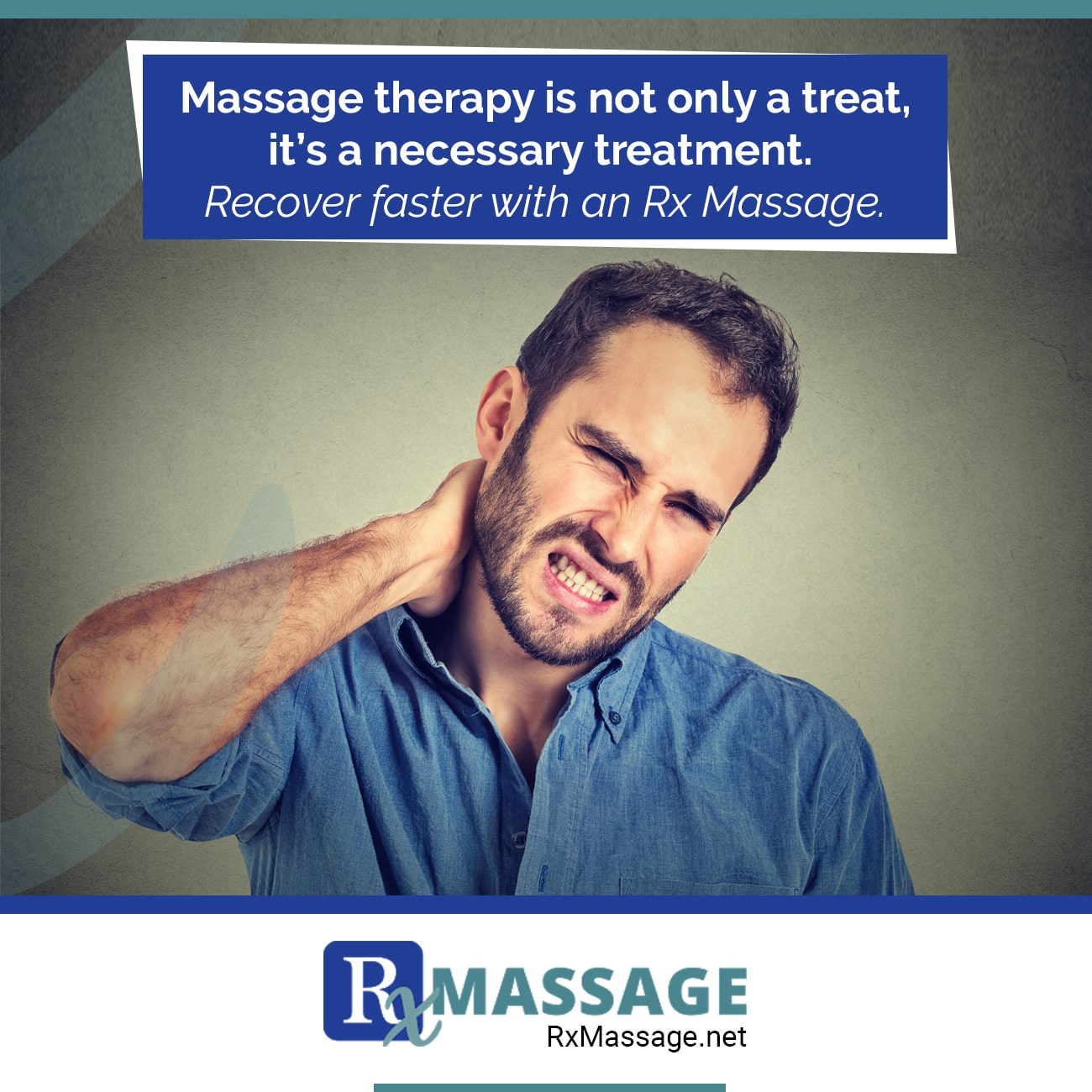Is the Saying, “No Pain, No Gain” Really True?

02
2022
The term, “no pain, no gain” became a very popular saying in the fitness world in the 1980s. Even today, you will find coaches and trainers preaching this to their team. It seems so simple, but in reality, it’s not so clear-cut in terms of fitness.
Yes — to make any gains in your fitness level, you need to work hard and push yourself past your comfort zone. However, this does not mean you need to push yourself to the point of PAIN. Pain is, in a sense, your body’s alarm system. When your body experiences a trauma (stress, muscle tear, strain, sprain, etc), your brain interprets the trauma as pain. Here are a few of the many examples of pain serving as a WARNING to back off or even stop.
1. Incorrect form or incorrect loading.
This is a common cause of pain. When you perform an exercise using improper form, you put undue stress on your body. The mechanical stress sends a signal to the brain that interprets it as pain. This pain then acts as a warning signal to stop and correct your form to avoid further stress or damage. If you ignore this pain, you will likely end up with a strain, sprain, muscle tear, or some form of tissue damage. One prime example of this scenario is squatting: it’s leg day, and you’re excited to start with squats. You begin squatting with little to no weight and feel a “twinge” or some pain in the low back, but ignore this pain because you are only on your first set. You continue to do squats without changing your form because you think “no pain, no gain.” Later that day, you are crumpled over in tremendous pain from a low back strain.
2. Stretching too hard.
This is another misconception about the saying, “no pain, no gain.” When stretching past the point of mild tension, you could actually end up straining or tearing your muscles. Thus, when you feel pain with a stretch, your body is warning you to back off to the point of mild tension to avoid any damage.
3. Chest pain with cardio.
Another VERY important pain to be cautious of is chest pain. People experience chest pain with cardiovascular activity because their heart is not able to catch up to the demand they’re placing on it. This chest pain is a huge warning sign to heart issues including a heart attack and more. If your chest starts to bother you with exercise, stop and consult with your doctor. Chest pain certainly does not mean you are making any gains.
Take away:
The common saying, “no pain, no gain” should not be used to guide your decisions when it comes to pain with exercise. Let’s go back to the squat scenario: it’s leg day, and you’re excited to start with squats. You begin squatting with little to no weight and feel a “twinge” or some pain in the low back. Instead of ignoring this pain, you stop and have a personal trainer or PT analyze your squat form. They find a fault in your form, fix it, and you continue with the corrected form. Later that day, you are sore in your legs from a good workout building strength but have no back pain! In other words, you can still make gains without ever being in pain. Listen to your body.
Success Stories



